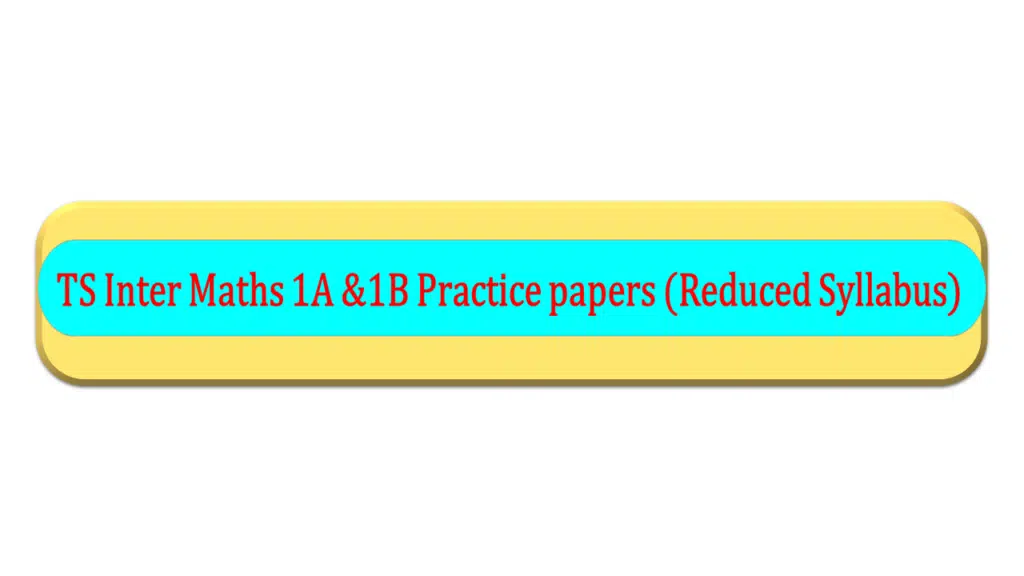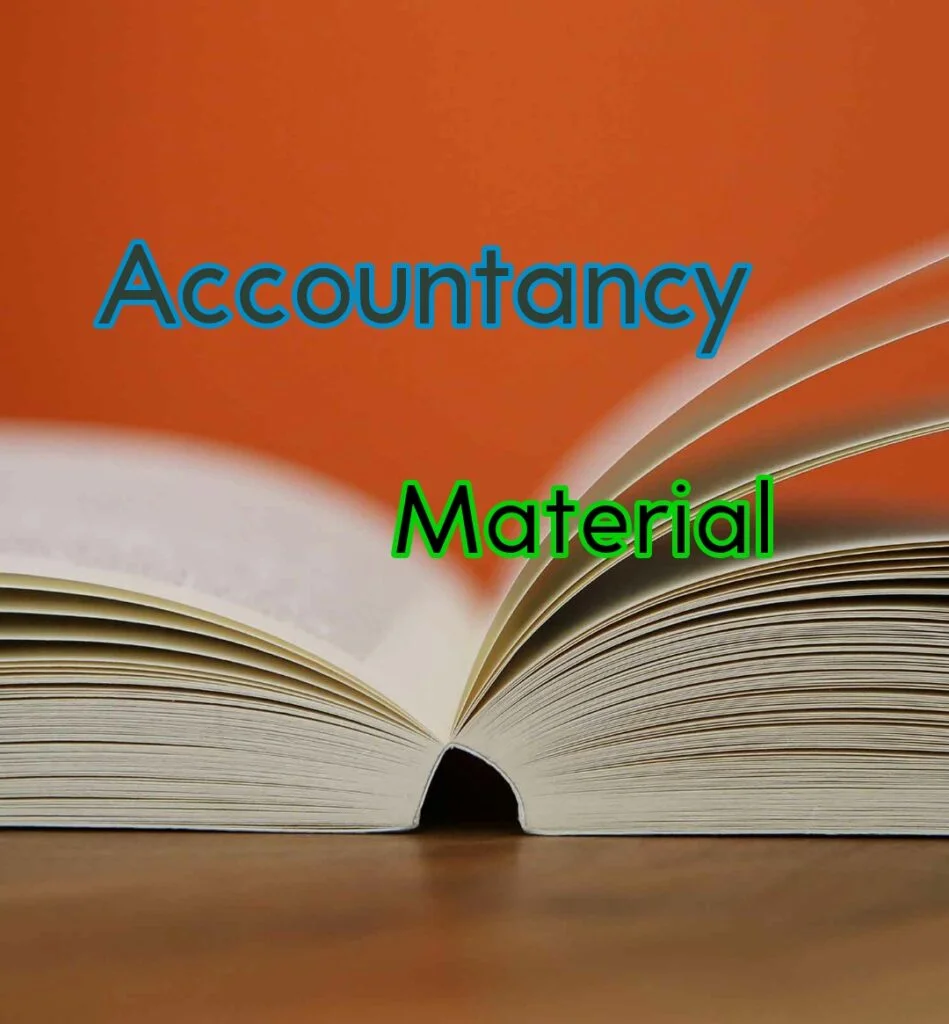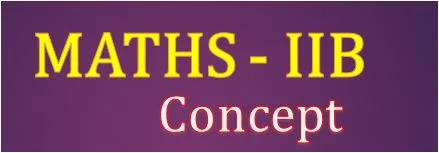TS Inter Maths 1A &1B Practice papers (Reduced Syllabus)
Practice papers (Reduced Syllabus) – TS Inter Maths 1A &1B Practice papers The’ Basics in Maths’ team designed TS Inter Maths 1A and 1B papers as per the reduced syllabus. These papers to do help intermediate First-year Maths students. TS Inter Maths 1A and 1B papers reduced syllabus are useful in IPE examinations. […]
TS Inter Maths 1A &1B Practice papers (Reduced Syllabus) Read More »








